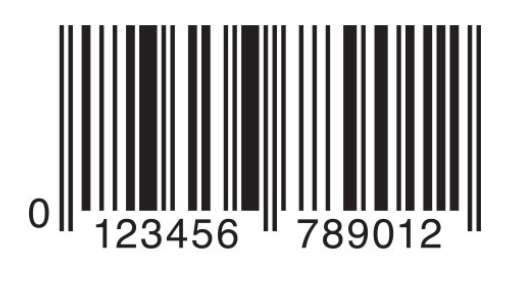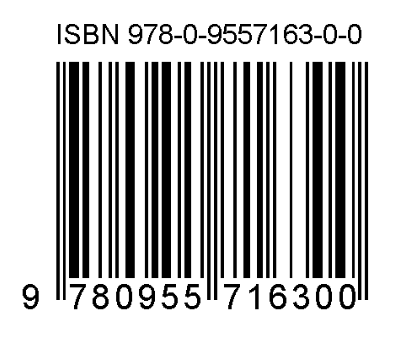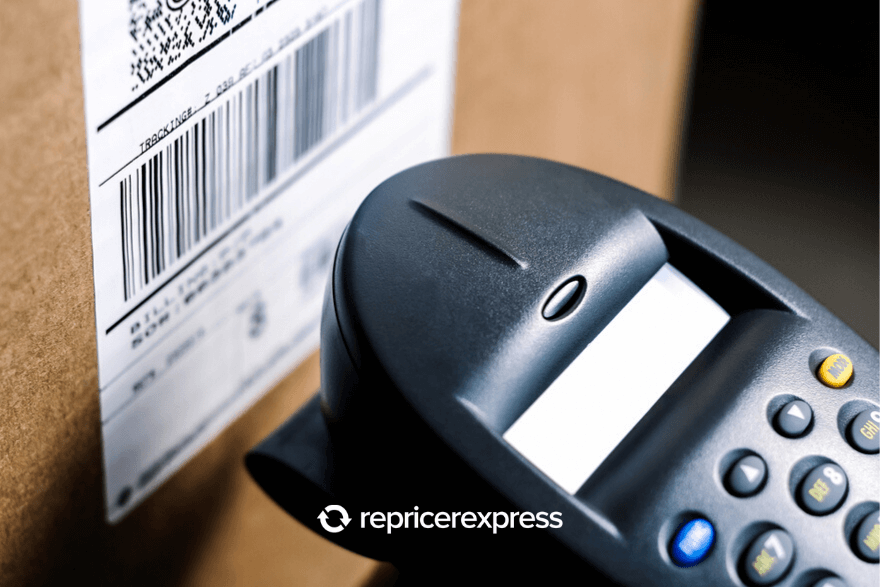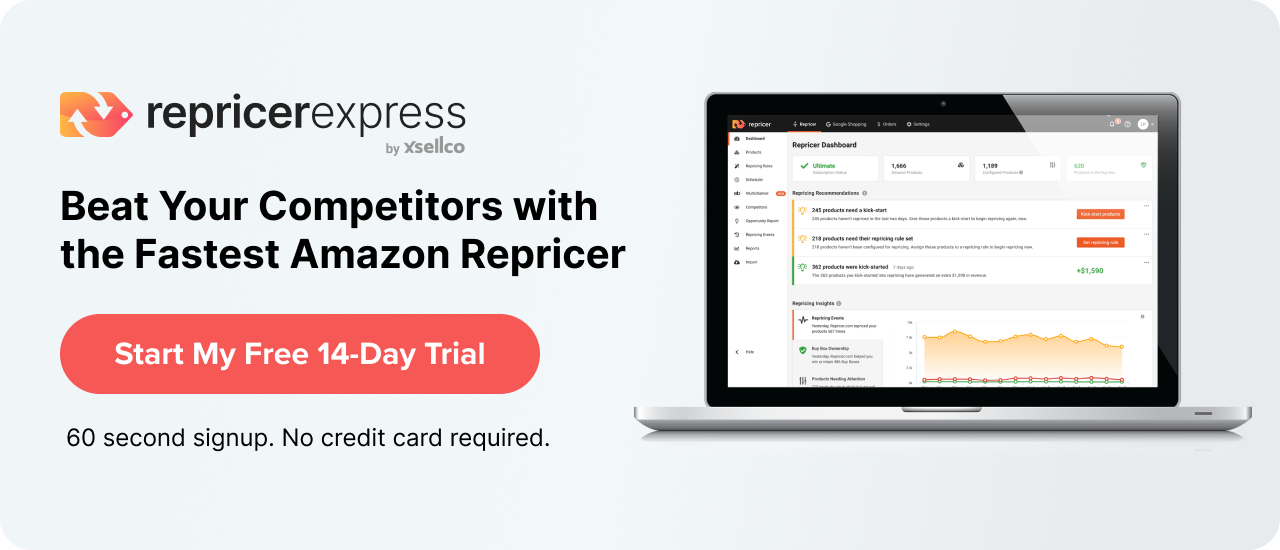Guest post by Gabe from Synccentric
Did you know that every single product in the world also has its own identification numbers? As an online retailer, you may be faced with figuring out the differences between the identification number options available. With so many numbers to choose from that are associated with the same product it can be confusing to know which is the correct product code to use – Amazon ASIN number, EAN, ISBN or UPC?
Understanding when to use each number format and how to map each code back to the product so you can track your inventory and run the correct reports can be complicated. But it doesn’t need to be.
If you’re a third-party seller who has been scratching your head over questions like what does ASIN mean on Amazon and how does it compare to EAN, ISBN, and UPC, keep reading for the information you need!
1. Amazon ASIN Number
So, what is an ASIN number on Amazon? If you are planning on becoming an Amazon third-party seller or you already are, then ASIN is an important abbreviation as it is the Amazon Standard Identification Number. But what does ASIN mean on Amazon?
Because Amazon operates at a vast scale, it needs all its items to have their own number. It’s how their warehouses recognize which products to ship.
ASINs are only universal when it comes to books. In this instance, Amazon uses the ISBN and ASIN interchangeably. But for other products, there could be a separate Amazon ASIN label depending on your location. For instance, the same item in the United States may have a different ASIN than an identical item in the UK.
Every third-party seller is responsible for marking their inventory with the correct Amazon ASIN label so that it will end up in the correct location. To find an ASIN, simply search on Amazon. The ASIN will be in the URL of an item and always consists of ten digits. If you are having trouble locating it, the item description will also have an ASIN listed in the details. If you have a unique item, you can even create a new ASIN.
We know that adding ASINs may feel tedious, especially for products that already have UPCs. However, without the correct ASIN, your item may not make it out of the warehouse and into the hands of your customers. And good news: Once you have a solid understanding of the ASIN meaning on Amazon and what is an ASIN number on Amazon, it will become easier to find things in the entire Amazon catalog.
Related: Action to Take When You Get an ASIN Change Notification
2. EAN

Just like the Amazon ASIN, European Article Numbers (EANs) are simply another way of distinguishing products. EANs function similarly to UPCs (we’ll get to them in a moment) but are primarily used in Europe rather than the United States. Overseen by GS1 (which is the global standards organization for barcoding), EANs follow a slightly different format tailored to European standards.
The only major difference between UPC and EAN is that EAN has 13 digits (as opposed to the UPC’s 12), and the information in the code is in a different order than a UPC. An item’s country of manufacture will determine which code it receives. UPC is used in the United States and Canada, where EAN is used everywhere else globally.
3. ISBN

Just as products have a UPC code assigned to them, every book has an ISBN or International Standard Book Number. Every book, magazine or ebook needs an ISBN unless it is self-published. (And it’s possible to get an ISBN for self-published books as well!)
Every edition of a book will have a separate ISBN, even if it’s the same title. This delineation helps publishers and authors understand exactly how many books have been purchased and which areas of the world are purchasing the material. Each country has an agency whose job it is to register new ISBNs, while sticking to international standards.
4. UPC

Image credit: GS1-US
UPC is short for Universal Product Code. As the name implies, this is the number that is universal. No matter which retailer or marketplace you are using, this number is recognized and associated with your product. This is the number that is used to make barcodes and will be used by the manufacturer to track global sales.
Typically a UPC is 12 digits long — but did you know that those numbers reflect the size and weight of an item? UPCs became popular along with the rise of automated billing. Since retailers were no longer typing in the individual price of an item, they needed a way for checking out to go faster and for a computer to recognize what the item was.
The technology for UPCs hasn’t changed much since they were first invented. If you’ve ever done a self-checkout at a grocery or retail chain, you are scanning the UPC code, and that code tells the computer how much that item weighs so the “bagging area” will be able to recognize it.
If you have a brand new product with no UPC assigned to it, you will need to register your item with GS1, the company that oversees all UPC. Once your product has a code assigned to it, you can order as many barcodes as you need in order to label your items ready for sale.
How to Use Them
Tracking Amazon ASINs, UPCs, ISBNs and EANs may seem overwhelming — but it doesn’t have to be. There are many tools on the market that can help you quickly keep track of all your items and their different identification numbers.
For instance, converters make light work of matching an item’s ASIN to its UPC . These tools can help you run reports you need as a retailer. No need to individually search for each Amazon ASIN labels or worry about errors — these tools ensure all your product data is accurately tracked and accessible.
Conclusion
Understanding how each identification number works is a cornerstone of success if you’re an online seller. If you sell on Amazon you’ll be ordering products from manufacturers with UPCs or ISBNs and sell them on Amazon using ASINs. If you’re also selling on other platforms, you may rely more on UPCs or EANs.
It can be confusing initially, but rest assured that working with these identification numbers will soon become second nature. Like so much in life, it’s just a case of practice.
Looking for a way to streamline your selling process? Try RepricerExpress for free and see how easy it is to manage your pricing strategy, automate tasks, and stay competitive.







